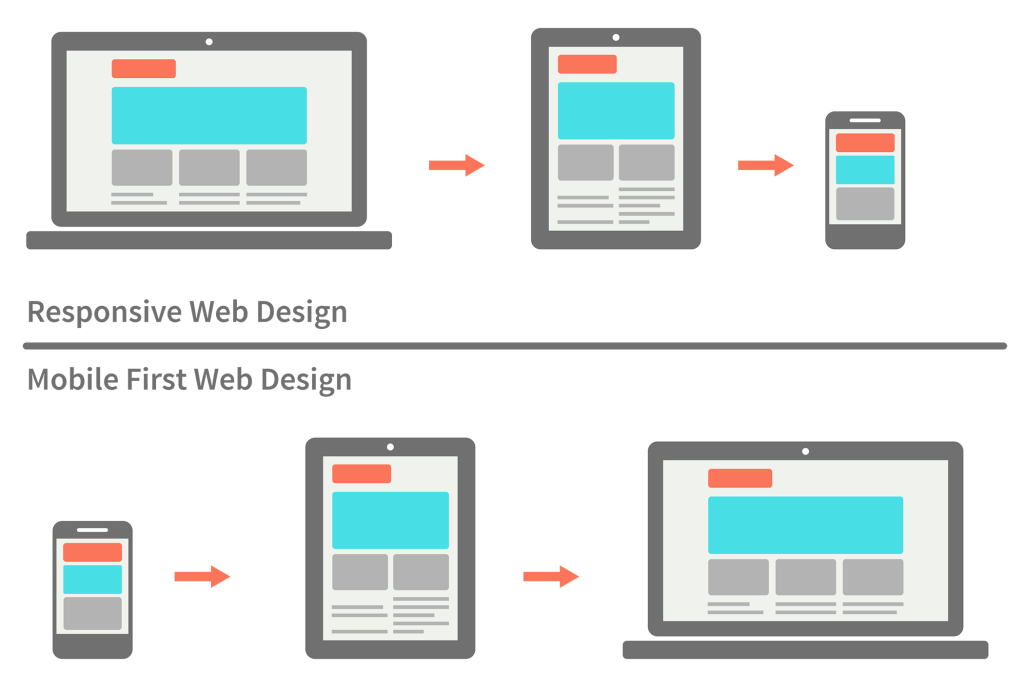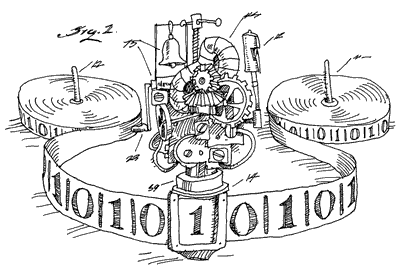HTML/CSS: Developing Your Data-Story
- Timeframe: 04/03 – TBA (some time just after finals weeks)
- Points: 350
Description
In this final project, you will make decisions about how all of your media elements come together into a cohesive narrative that we have been calling your “Datastory.” You will learn about some fundamental HTML elements and their relationships and behaviors programmed with CSS. In short, you will write a web-ready narrative within a single-page website format.

General process
- Learn how to set up and use a web-writing environment: Git and Github and writing in a code editor.
- Learn about and apply basic architectural and folder-naming and file-naming conventions for a single-page website.
- Learn about and apply basic HTML
<head>elements, and the<body>, how there are block and inline elements, how those elements can be written into hierarchies, and how they havedisplayproperties and behaviors. - Learn about and apply basic CSS element selection and styling (box model), the CSS cascade, & the CSS
Grid, which will enable you to create a mobile-first/responsive website layout. - Develop and refine content for your datastory.
Rubric
| Rubric Criteria | Points |
|---|---|
Website Content:
| 70 |
HTML:
| 140 |
CSS:
| 140 |
| Total | 350 |
Writing tools
- Github account & desktop application for hosting and versioning your website.
- Code editor: Atom (Mac/PC), TextWrangler (Mac), Notepad++ (Win)
- Online code editor for practice lessons: Codepen.io account. Find and follow me as lndgrn. We will be using the following collection that I’ve curated on Codepen: 3844-examples
